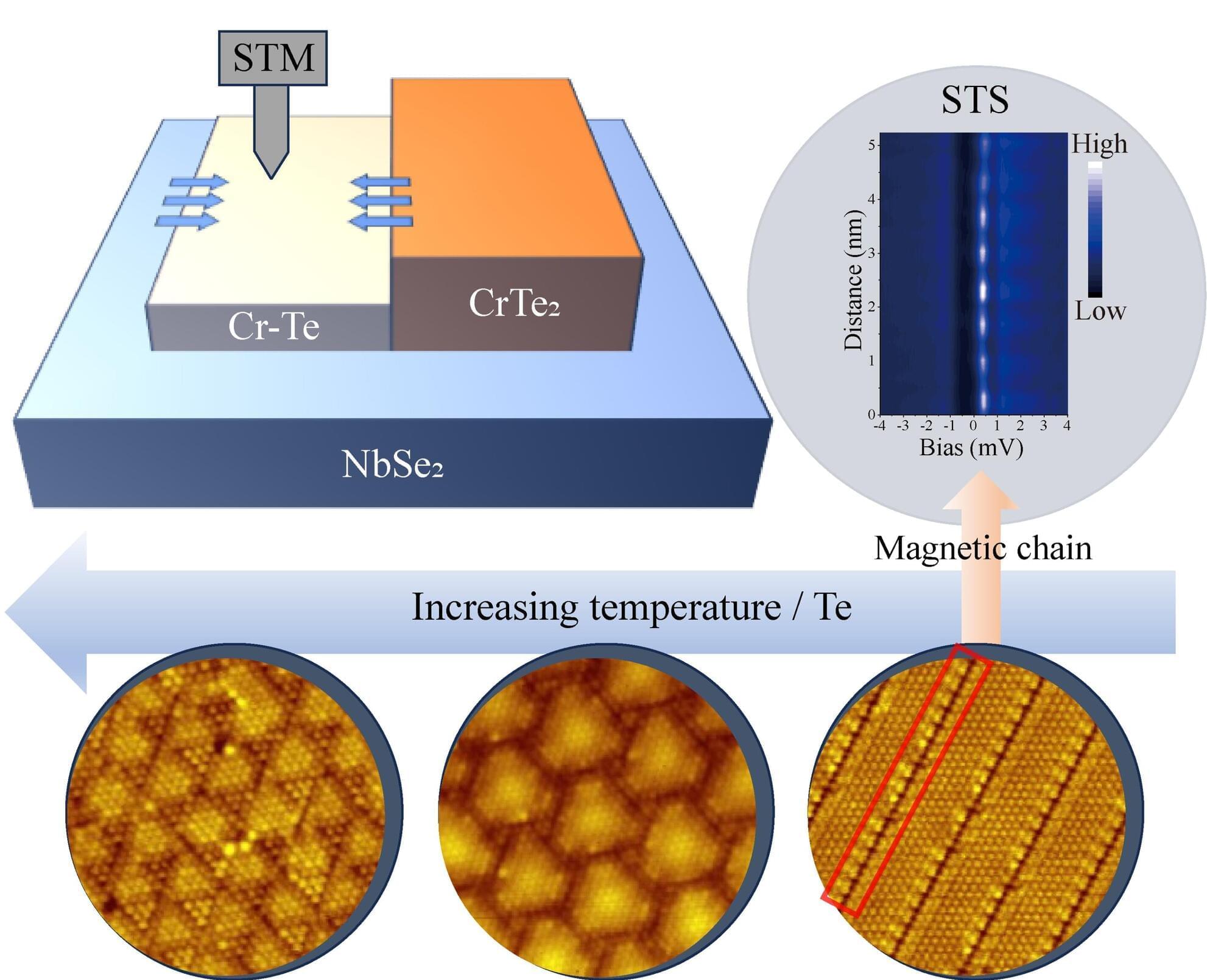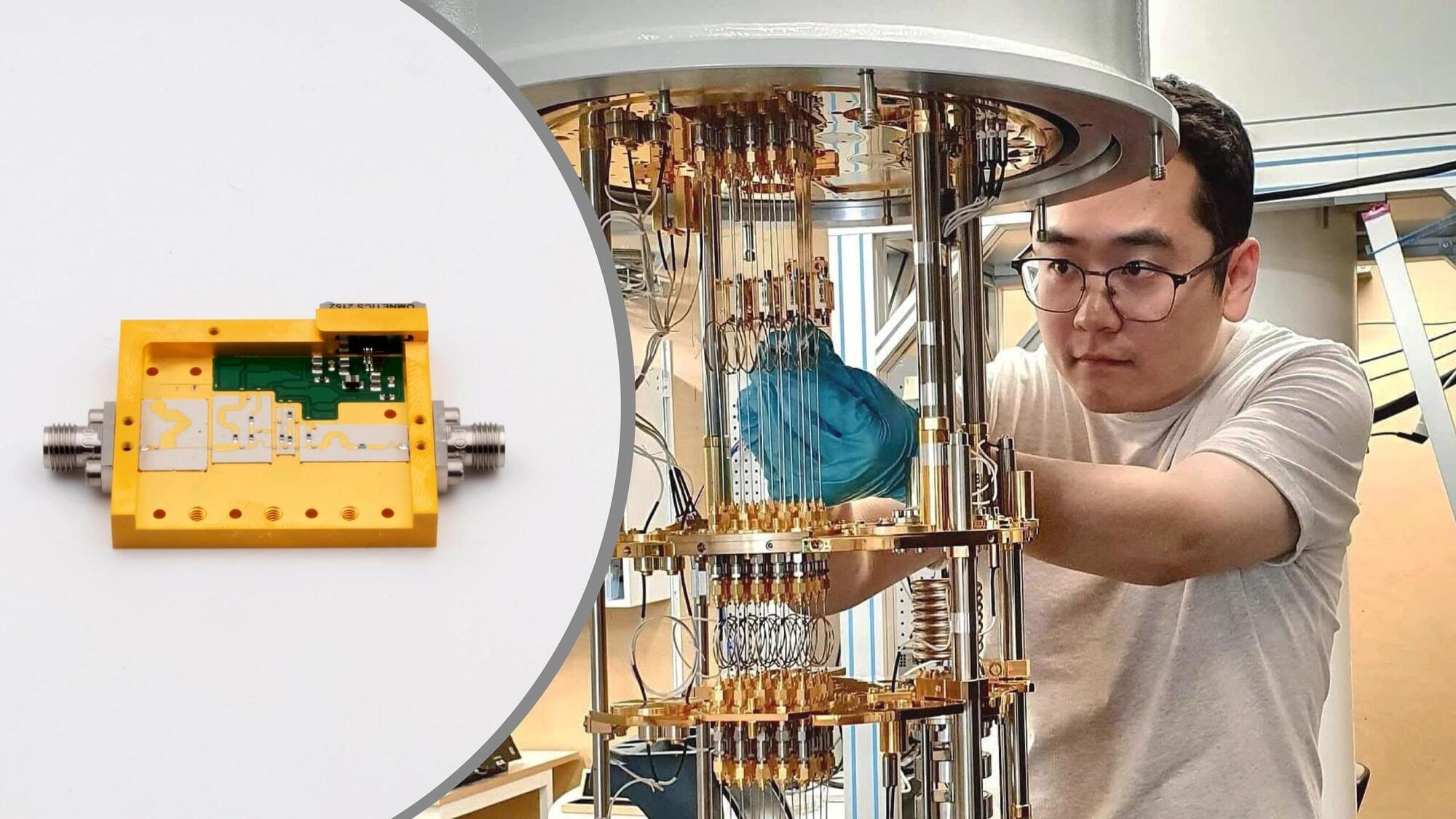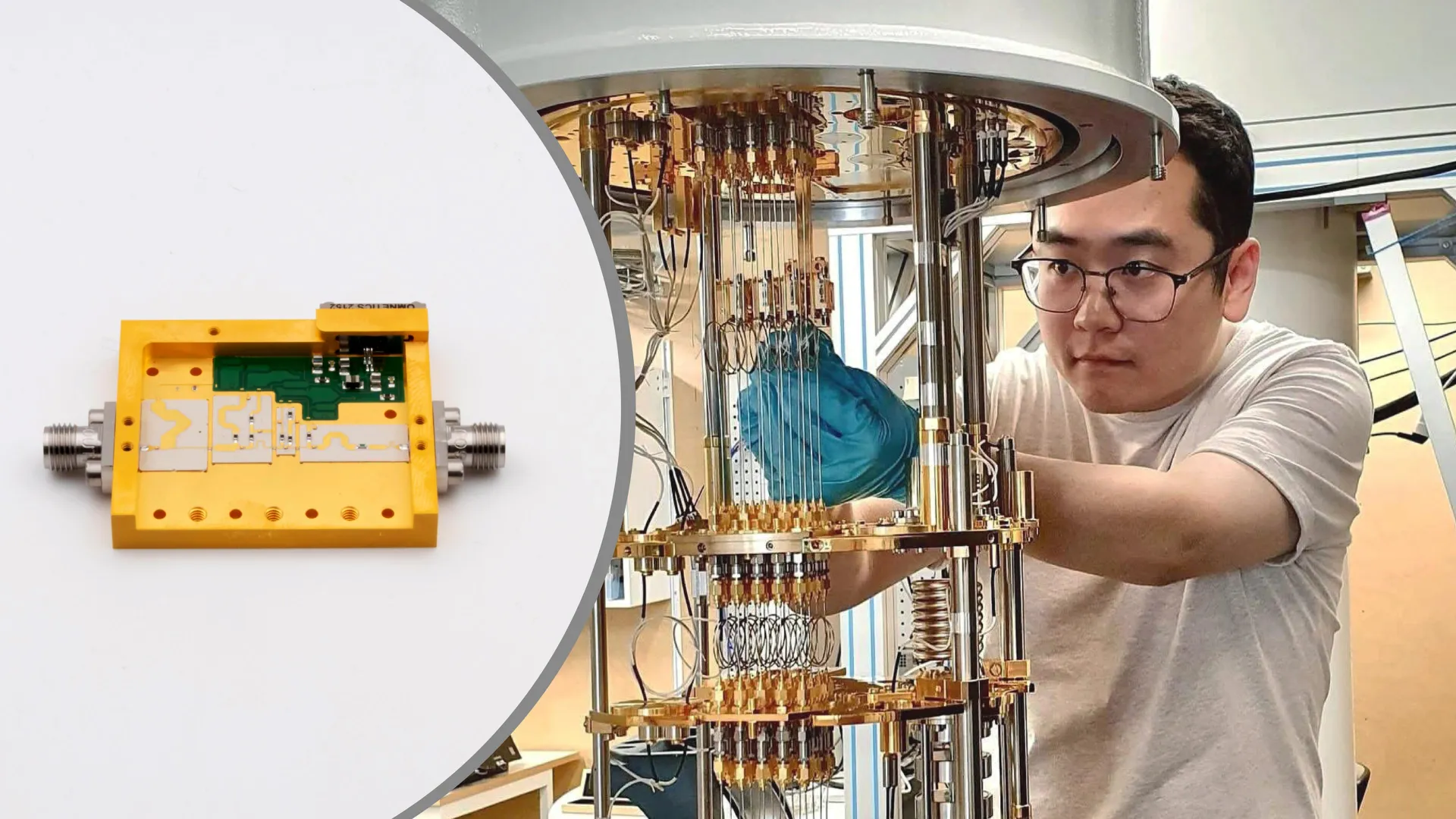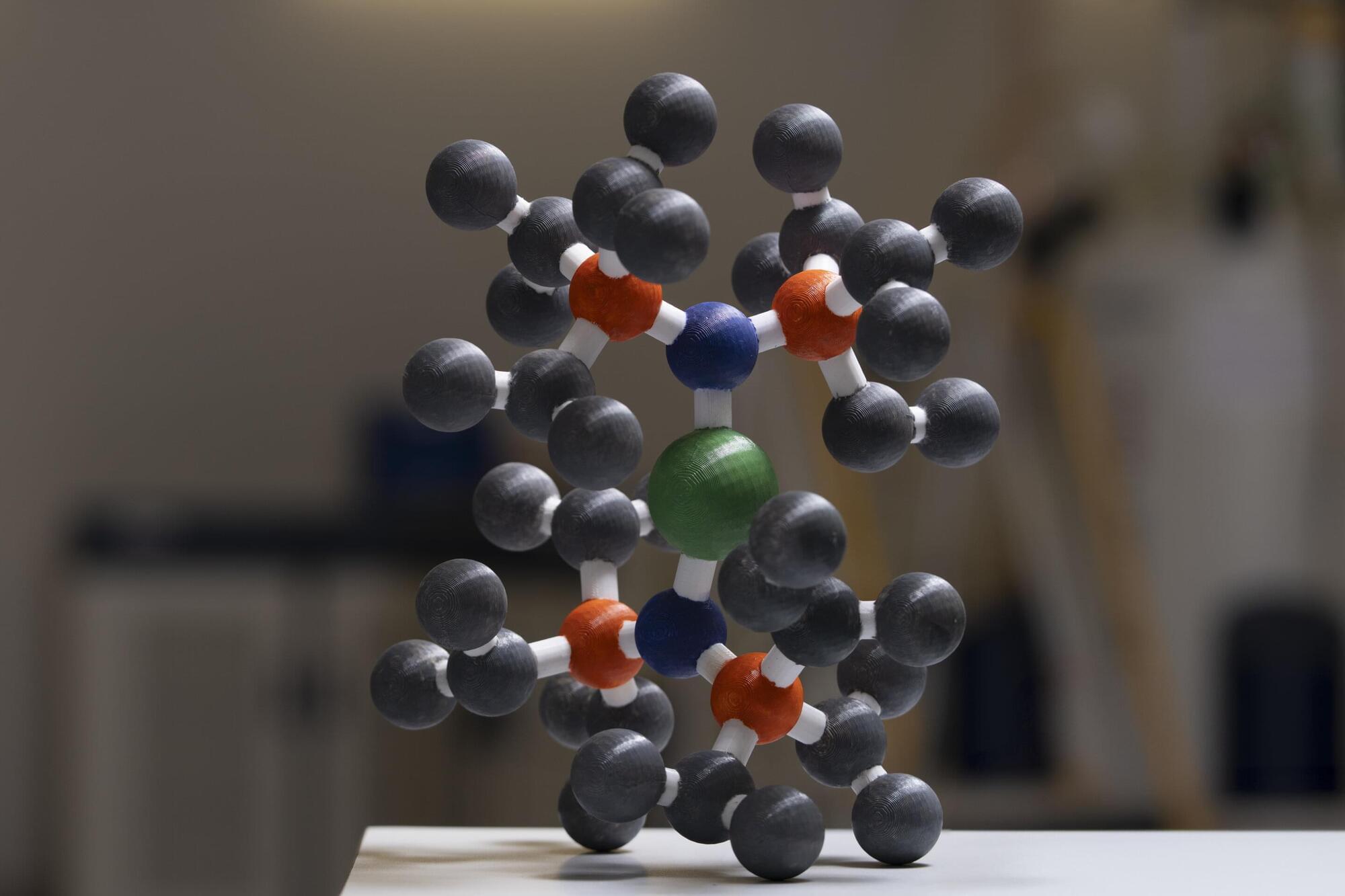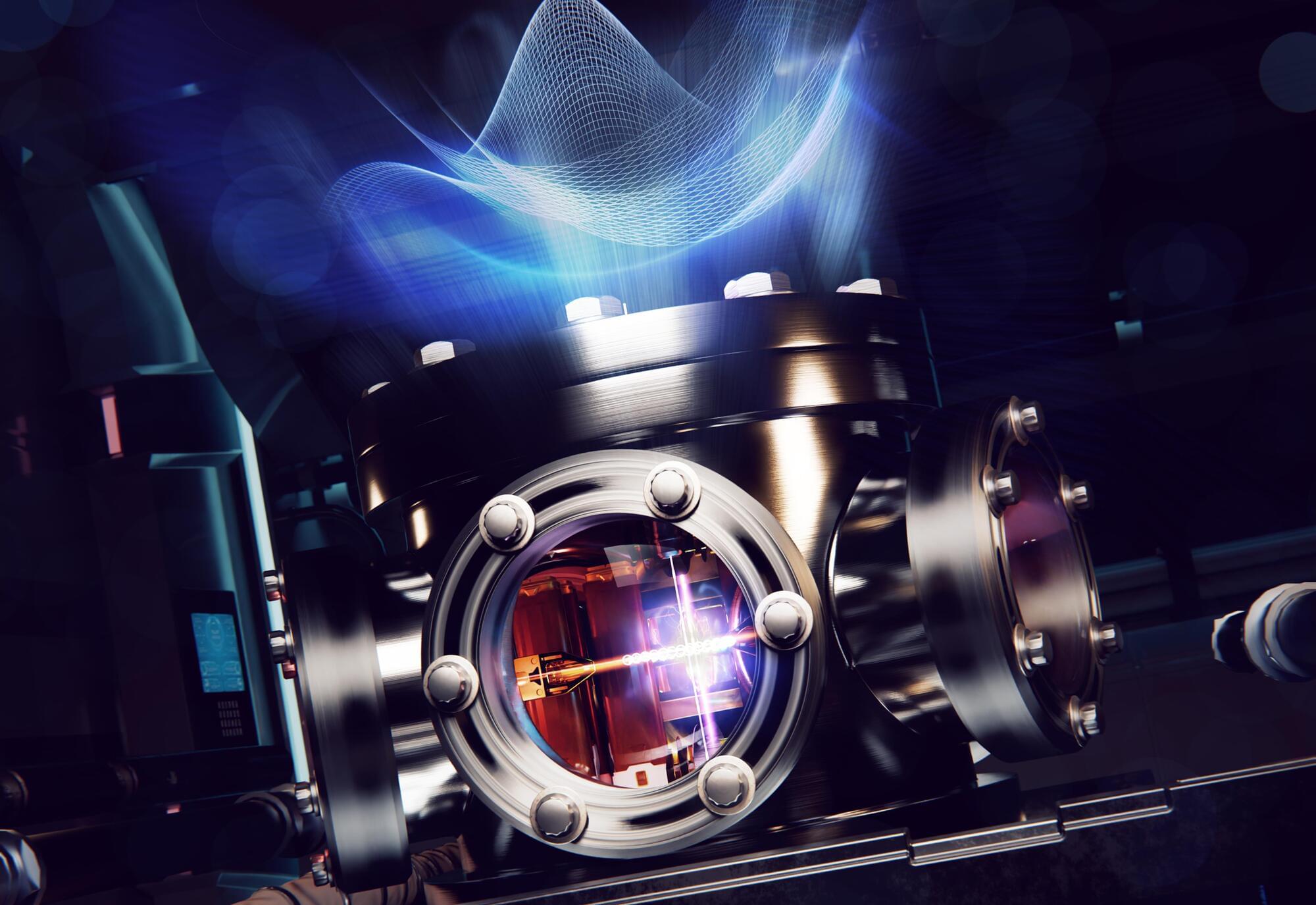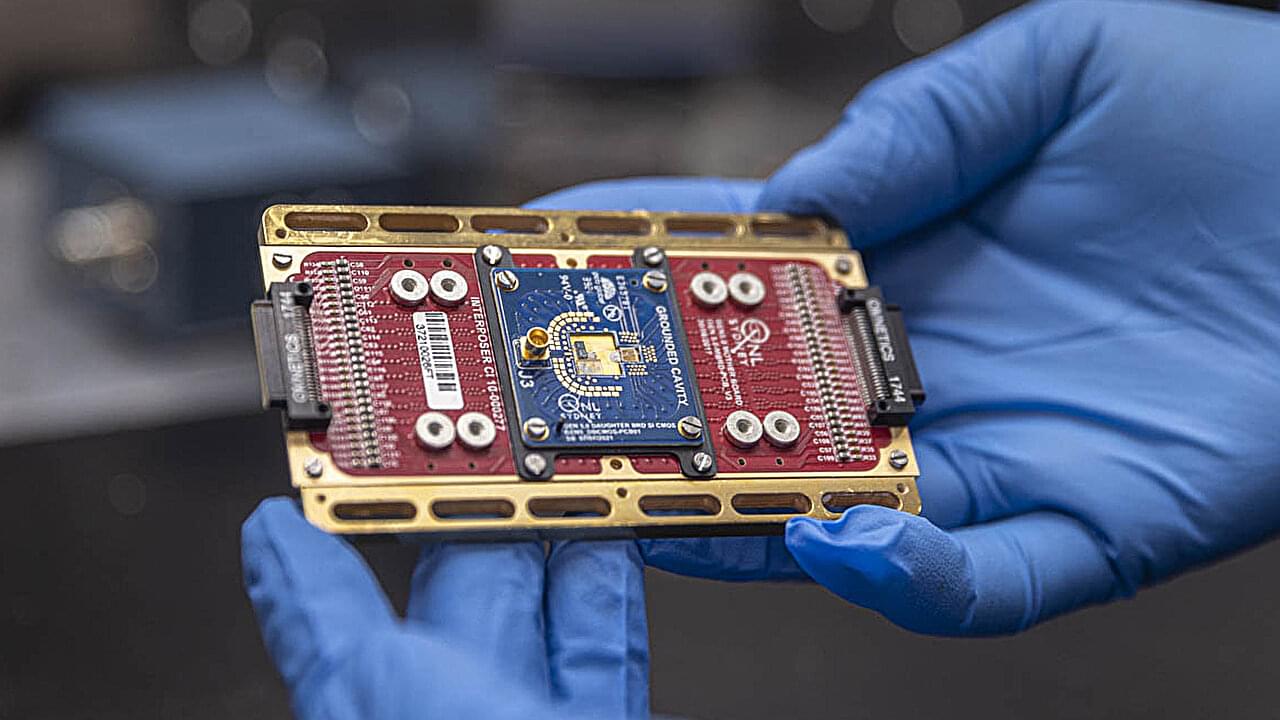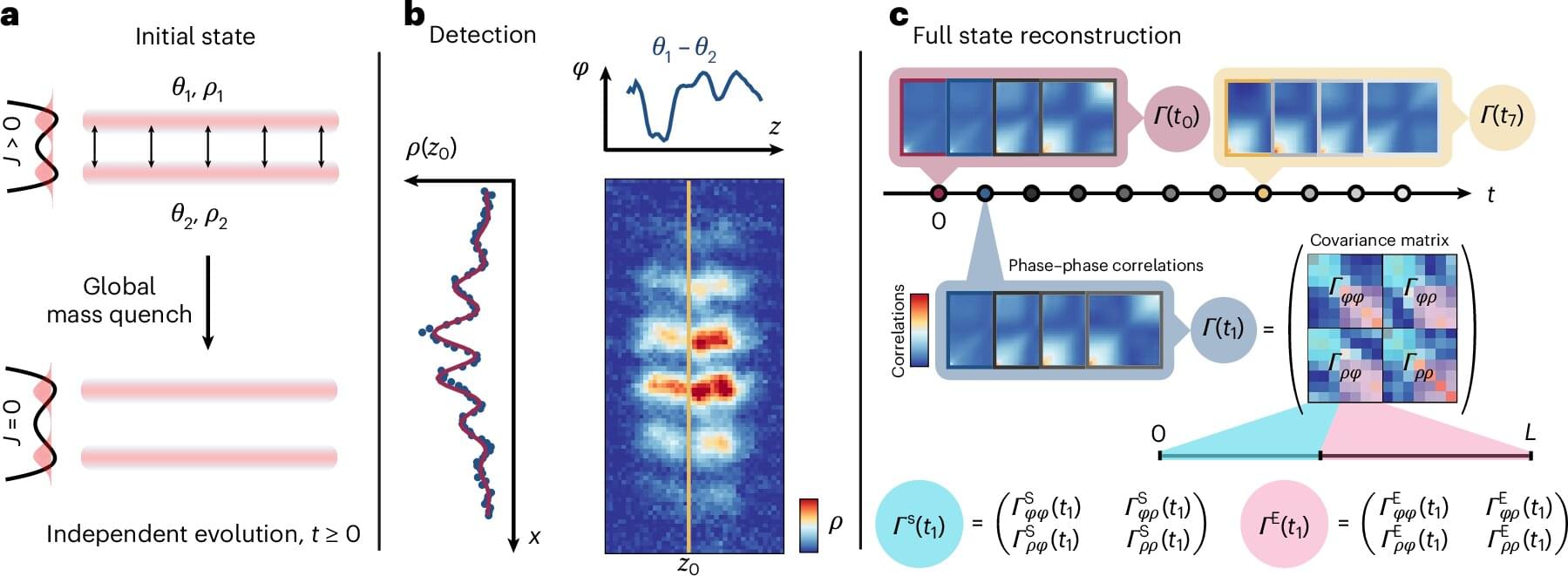Magnetic-superconducting hybrid systems are key to unlocking topological superconductivity, a state that could host Majorana modes with potential applications in fault-tolerant quantum computing. However, creating stable, controllable interfaces between magnetic and superconducting materials remains a challenge.
Traditional systems often struggle with lattice mismatches, complex interfacial interactions, and disorder, which can obscure the signatures of topological states or mimic them with trivial phenomena. Achieving precise control over magnetic structures at the atomic scale has been a long-standing challenge in this field.
Published in Materials Futures, the researchers developed a novel sub-monolayer CrTe2/NbSe2 heterostructure. By carefully depositing Cr and Te on NbSe2 substrate, they observed a two-stage growth process: an initial compressed Cr-Te layer forms with a lattice constant of 0.35 nm, followed by the formation of an atomically flat CrTe2 monolayer with a lattice constant of 0.39 nm. Annealing the Cr-Te layer can trigger stress-relief reconstruction, which creates stripe-like patterns with edges that host localized magnetic moments, effectively forming one-dimensional magnetic chains.
